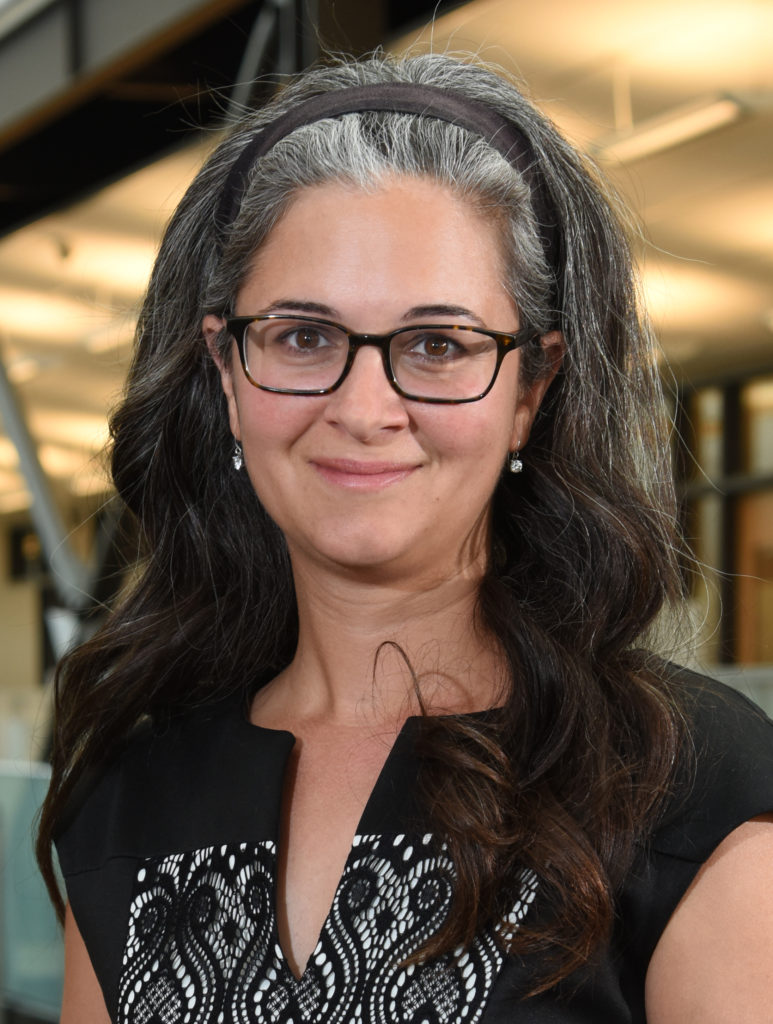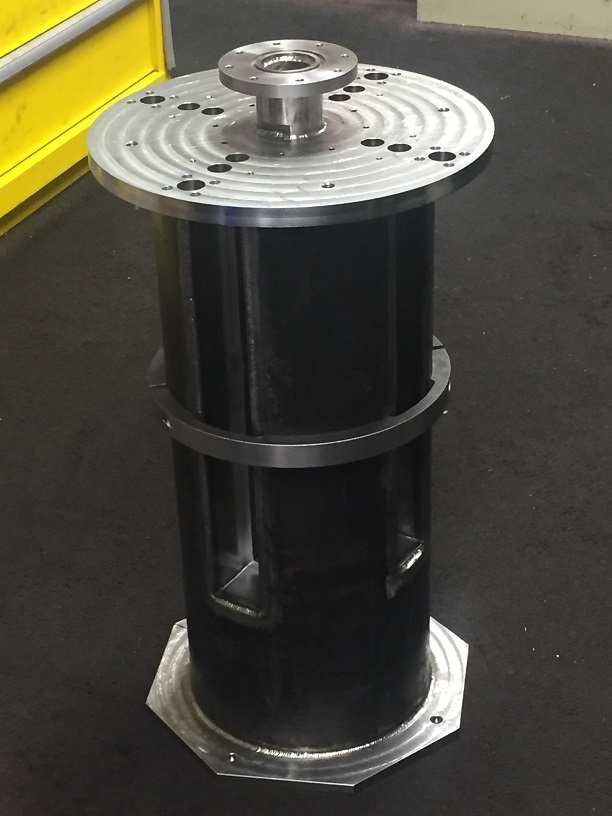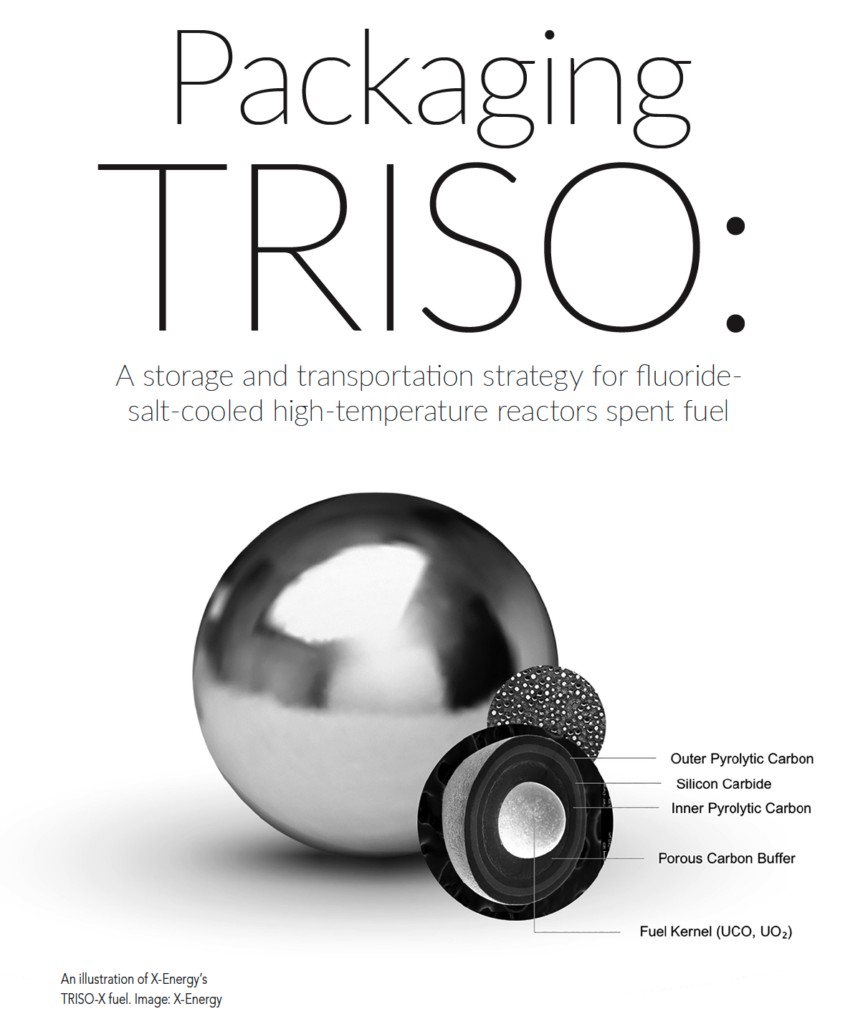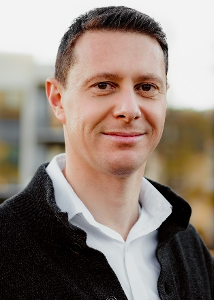Archive for March 2021
University-National Lab Collaborations in Nuclear Engineering: From Research to Workforce
SPEAKER: Dr. Noël Bakhtian Executive Director of the Berkeley Lab Energy Storage Center at the Department of Energy’s Lawrence Berkeley National Lab DATE/TIME: FRI, 03/19/2021 – 3:00PM TO 4:00PM LOCATION: zoom SPRING 2021 Colloquium Series Abstract: The Center for Advanced Energy Studies (CAES) is a consortium bringing together the Department of Energy’s Idaho National Laboratory…
Read MoreSHERMAN: A UCBNE MEng Capstone Project Now Developed at LANL
SHERMAN: A UCBNE MEng Capstone Project Now Developed at LANL March 12, 2021 A former MEng Capstone project by Jay Lin was published as a paper last year, and now developed as a product at Los Alamos National Laboratory. It was renamed from RANHAM to SHERMAN (Sample Handling Environment for Radioactive Materials Analysis with Neutrons)…
Read MoreANS Magazine Radwaste Solutions features Lorenzo Vergari’s work
ANS Magazine ‘Radwaste Solutions’ features Lorenzo Vergari’s work March 10, 2021 UCBNE PhD student Lorenzo Vergari’s work is featured in the Spring 2021 Issue of the ANS Magazine ‘Radwaste Solutions.’ Entitled “Packaging TRISO,” the article was based on Vergari’s presentation of the same topic at the 2020 ANS Virtual Winter Meeting on November 16-19, 2020.…
Read MoreElectrification in Metals and Mining: One Path Forward?
SPEAKER: Antoine Allanore Associate Professor of Metallurgy in the Department of Materials Science and Engineering at MIT DATE/TIME: FRI, 03/12/2021 – 3:00PM TO 4:00PM LOCATION: Zoom Spring 2021 Colloquium Series Abstract: Metals and minerals remain at the basis of modern society and their affordable and environmentally respectable extraction and recycling is required. A global population…
Read MoreDESIGN AND MODELING CHALLENGES OF NUCLEAR THERMAL PROPULSION SYSTEMS
SPEAKER: Kotlyar Dan, Assistant Professor Nuclear and Radiological Office: (404) 385-5372, dan.kotlyar@me.gatech.edu WEBSITE: https://sites.gatech.edu/core/ DATE/TIME: FRI, 03/5/2021 – 3:00PM TO 4:00PM LOCATION: zoom Spring 2021 Colloquium Series Abstract: Dr. Kotlyar has established a sustainable research program in the field of advanced nuclear reactor design and multiphysics analysis. His Computational Reactor Engineering Laboratory (CoRE) focuses on…
Read More



